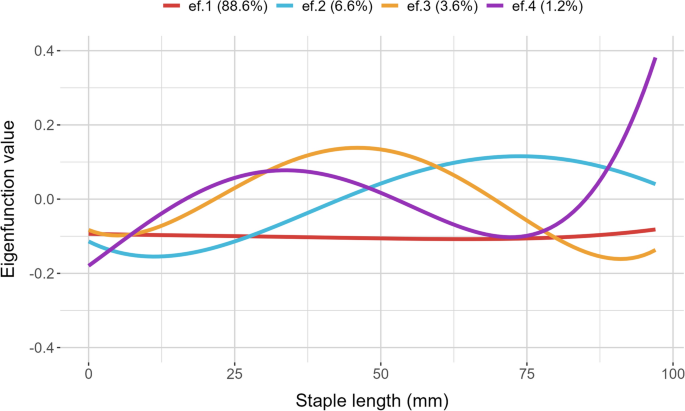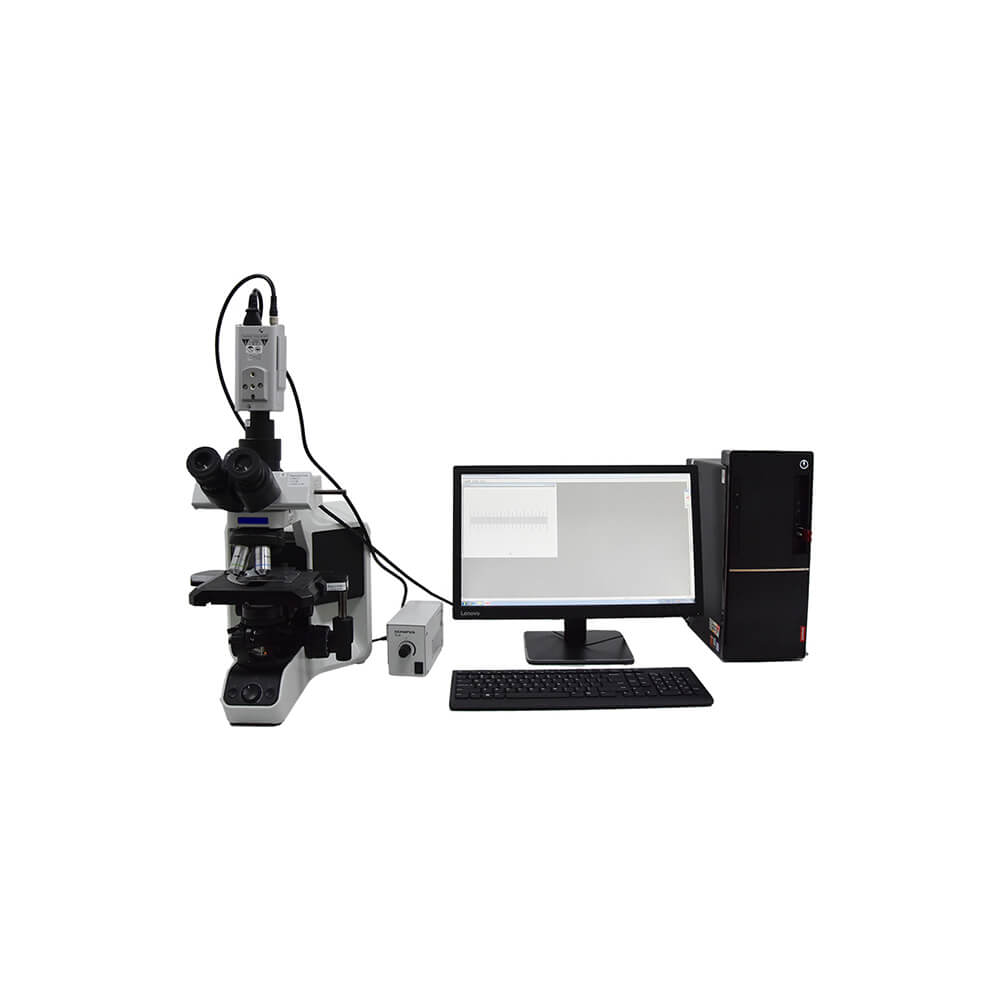Optimize Your Fibre Optic Efficiency: Recognizing Optical Fibre Size Analyser Technology
The performance of fibre optic systems is seriously influenced by the precision of their diameter, a variable commonly overlooked in the pursuit of optimal signal stability. Recognizing the technology behind optical fibre size analysers exposes the elaborate equilibrium in between measurement precision and production top quality.
Relevance of Optical Fiber Diameter
The size of optical fiber plays a crucial role in figuring out the efficiency and effectiveness of communication systems. It affects a number of essential criteria, consisting of the mode of light breeding, attenuation, and data transfer capability. Bigger sizes usually allow for several light modes, promoting higher data transmission prices. On the other hand, smaller sized diameters have a tendency to support fewer settings, which can boost signal clarity and lower crosstalk.

Furthermore, recognizing the diameter's ramifications can bring about cost savings by reducing the demand for signal boosting and repeaters in considerable networks (optical fibre diameter analyser). Finally, the importance of optical fiber size can not be overstated, as it directly impacts the overall efficiency and integrity of modern communication systems

Just How Diameter Affects Signal Quality
Signal quality in optical fiber systems pivots dramatically on the size of the fiber. The diameter influences numerous vital parameters, consisting of depletion, bandwidth, and modal diffusion. A smaller size can lead to greater attenuation rates, leading to signal loss as light trips via the fibre. This attenuation can compromise the stability of the transmitted data, resulting in a decline in signal high quality, particularly over cross countries.
Conversely, bigger sizes usually permit enhanced light capture and decreased modal diffusion, improving signal quality. In multimode fibres, a bigger core diameter can support several light settings, but it may additionally introduce intermodal diffusion, which can weaken signal top quality. Therefore, picking the optimum fibre diameter is important for attaining the desired performance in particular applications.
Additionally, the communication between the fiber diameter and the wavelength of the light made use of plays a crucial duty in figuring out the effective transmission range and total signal honesty. Recognizing how fibre size affects signal quality is important for network designers and designers striving to optimize optical fiber systems for reputable, high-speed data transmission.
Introduction of Diameter Analyser Innovation
In several optical fibre manufacturing processes, exact dimension of fibre size is important for guaranteeing consistent performance and high quality (optical fibre diameter analyser). Size analysers are sophisticated tools developed to examine the physical measurements of optical fibres with high accuracy. They use innovative optical and laser modern technologies to measure the diameter, ovality, and concentricity of the fibre, hence providing crucial data for high quality control
These analysers can run in-line throughout the manufacturing procedure or my sources as part of off-line testing procedures. In-line systems enable real-time monitoring, permitting manufacturers to adjust parameters instantly, thereby maintaining optimal manufacturing problems. Off-line analysers, on the other hand, give comprehensive examinations of batches, making certain that any kind of deviations from defined resistances are determined and dealt with.
Diameter analysers significantly add to the decrease of problems in optical fibres, enhancing overall item dependability. By continually measuring key specifications, these modern technologies promote conformity with sector requirements and specifications. As the need for high-performance optical fibers proceeds to climb, the duty of diameter analysers becomes significantly important in accomplishing the preferred high quality and efficiency requirements in fiber optic systems.
Secret Features of Fiber Diameter Analysers
Although numerous models of fiber size analysers exist, they generally share several key attributes that improve their functionality and dependability. Among the most significant attributes is high-resolution dimension abilities, which ensure precise diameter readings, critical for keeping top quality control in fibre manufacturing. Furthermore, several analysers include sophisticated optical sensors developed special info to identify minute variations in fibre diameter, therefore supplying vital data for procedure optimization.
One more crucial feature is real-time monitoring, permitting drivers to get immediate feedback on fibre size throughout the manufacturing procedure (optical fibre diameter analyser). This capacity facilitates quick modifications and decreases the chance of problems. Many analysers additionally come geared up with straightforward interfaces, making it possible for operators to easily browse with information and setups outputs
Moreover, robust information storage and evaluation capabilities are important for tracking historic efficiency trends and making certain conformity with sector criteria. Some designs even provide connection options for assimilation right into existing manufacturing control systems, boosting total functional performance. Mobile and small layouts enable for flexible deployment within production settings, making sure that quality assurance processes are smooth and effective. These features jointly add to the efficacy of fiber size analysers in optimizing fiber optic performance.
Best Practices for Fiber Optimization

First, regular calibration of optical fibre size analysers is crucial. This makes certain accurate measurements and decreases prospective inconsistencies that could impact efficiency. Next off, maintaining a clean functioning environment is crucial; dust and contaminants can lead to signify deterioration.
In addition, it is crucial to pick fibres that satisfy particular application needs. This entails examining factors such as depletion, bandwidth, and ecological conditions. Correct installation strategies need to also be complied with, consisting of preventing sharp bends and too much stress, which can jeopardize fiber stability.
Furthermore, using innovative tracking systems can facilitate you can look here real-time performance assessments, making it possible for prompt recognition of concerns. Regular testing and upkeep should be conducted to guarantee that fibres remain within optimum operational criteria.
Finally, training employees on the most up to date fibre optimization innovations and methods will certainly enhance their ability to apply reliable techniques. By following these finest techniques, companies can dramatically improve the performance and life-span of their optical fiber systems, ensuring efficient interaction and data transfer.
Conclusion
In verdict, the combination of optical fibre diameter analyser technology is essential for making the most of fibre optic performance. By guaranteeing specific measurements of fibre measurements, these analysers significantly boost signal quality and minimize losses throughout information transmission. Routine calibration and upkeep of the analysers are important to maintain ideal efficiency and conformity with industry criteria. Ultimately, the application of this modern technology assists in boosted data transmission rates and enhances signal integrity, adding to the general performance of fibre optic systems.
Signal top quality in optical fibre systems pivots considerably on the diameter of the fibre.In lots of optical fibre production processes, accurate dimension of fiber size is important for ensuring constant efficiency and high quality. As the demand for high-performance optical fibers proceeds to increase, the duty of diameter analysers becomes progressively crucial in achieving the preferred top quality and performance criteria in fiber optic systems.
These functions jointly contribute to the efficacy of fibre size analysers in enhancing fibre optic efficiency.
In verdict, the integration of optical fiber size analyser innovation is vital for maximizing fiber optic efficiency.